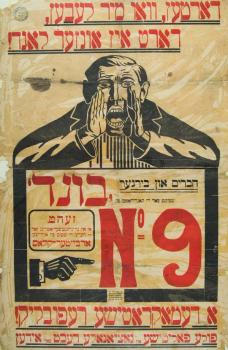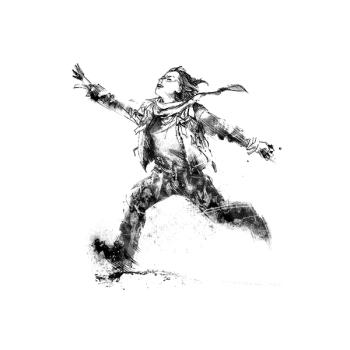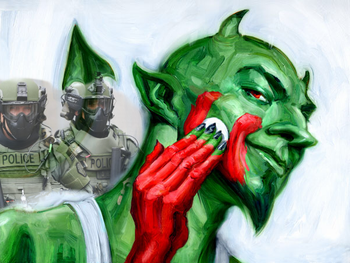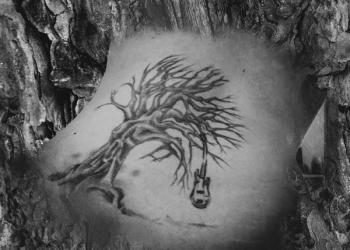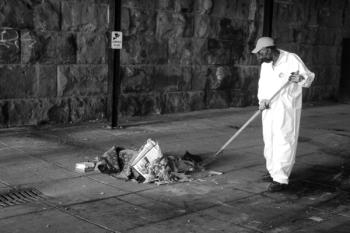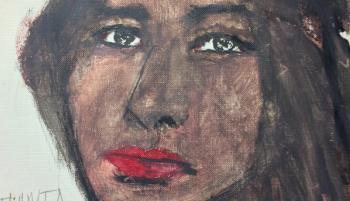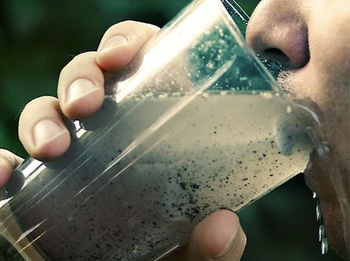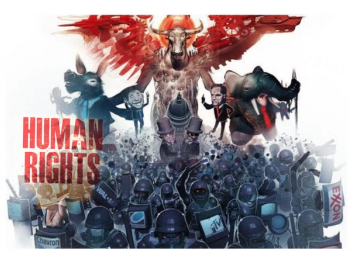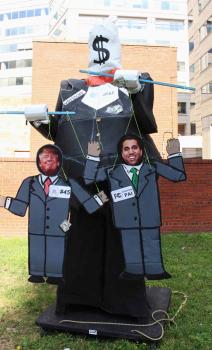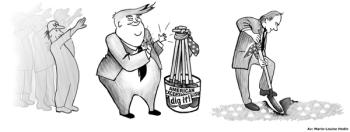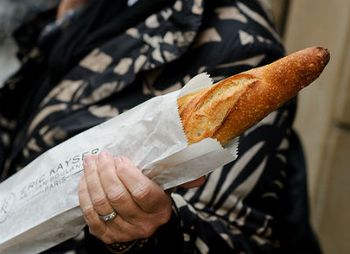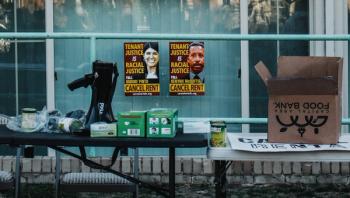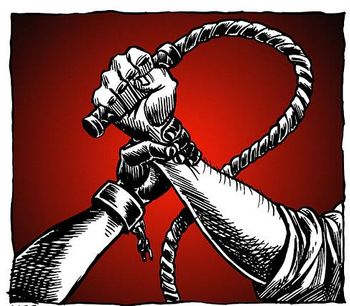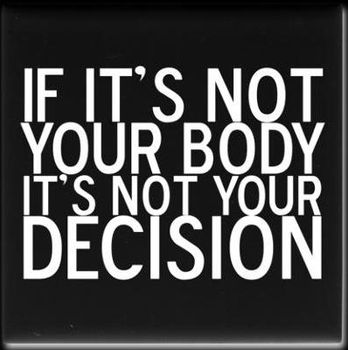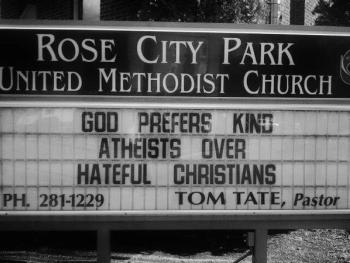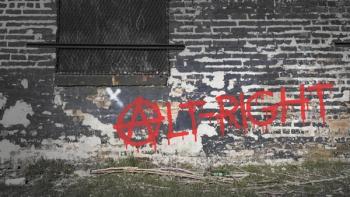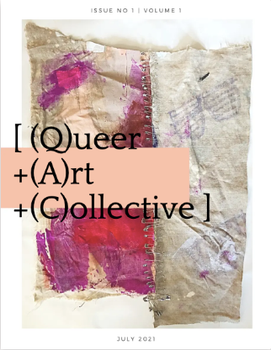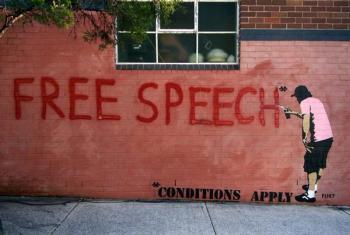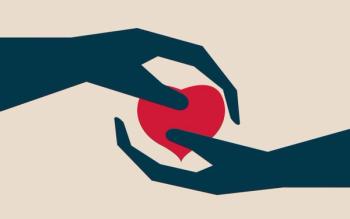
Making a Monster: How a Racist, Patriarchal System Allowed Serial Killer Samuel Little to Flourish
2019-10-16
by Eleanor Goldfield
This was originally published on RT where I contribute as a freelance journalist.
In January 2013, Samuel Little was convicted of murdering three women in Los Angeles during the late 80s. Already before then, he had been in prison and arrested for kidnapping and beating women. In fact, he had already been charged with murder in Mississippi in 1982 where a grand jury failed to indict him. In 1984 in Florida, he was acquitted in another murder case. This seemingly old news, along with other violent crimes he committed, would likely have remained buried were it not for a deal struck last year.
In exchange for a prison transfer, Little started talking, and he started drawing. He sketched and confessed to killing 93 people, almost all women of color, that he says he murdered between 1970 and 2005 across 16 states. Fast-forward to October 6 of this year, and according to an FBI press release, 50 of his murder confessions have been verified.
By the FBI’s own admission, Little is “the most prolific serial killer in U.S. history.” It sounds like quite the accomplishment: “prolific.” Look at how many people he managed to kill – isn’t that impressive?! Like an artist who amasses a body of work that could fill a museum, the FBI stands in awe of these bodies attributed to Little’s work. The focus is on the monster, not the victims. He earns a pedestaled place at the top of an already long list of horrific serial murderers, but the victims – they were, and are, disposable.
ViCAP Crime Analyst Christie Palazzolo said herself that “For many years, Samuel Little believed he would not be caught because he thought no one was accounting for his victims.” She says it as if it weren’t true, but isn’t it? If someone were accounting for his victims, wouldn’t he have been held accountable for the crimes he committed back in the early 80s? And is it not also possible that his brief run-ins with our so-called justice system only emboldened him? Looking at his criminal history, most people would come to that very same conclusion: these victims don’t matter. No one is watching. No one is investigating. Quite simply, no one cares. Indeed, even when survivors of his grotesque violence came forward, their lives were literally found to be less valuable than furniture.
From 1961-64, Little served time for breaking into a furniture store in Lorain, Ohio. In 1976, Pamela K. Smith escaped from Little’s car where he had “bound, strangled, bitten, beaten and sodomized her.” Although he was charged with rape and assault with great bodily injury, he was only convicted on the lesser charge of assault with attempt to ravish (no really, attempt to ravish is what it’s called). He served three months. Three years for breaking into a furniture store. Three months for kidnapping, assaulting, and raping a woman.
Considering how survivors of his brutality were treated, it’s perhaps not surprising that many of his victims’ deaths were originally ruled overdoses or attributed to accidental or undetermined causes. It may not surprise us, but it should revolt us. The fact that almost all, if not all of his victims presented as women casts a dark shadow on the value of women in our judicial and social systems. The fact that most of his victims were also women of color and women of color who were sex workers only further highlights the disgusting racist and patriarchal pillars of those systems.

In an interview with journalist Jillian Lauren in 2018, Little described his systemic invisibility cloak when Lauren said that she could have been one of his victims. “I never killed no senators or governors or fancy New York journalists. Nothing like that. I killed you, it’d be all over the news the next day. I stayed in the ghettos.” He knew that the best places to be a monster were in the very same places that the system had been a monster. The very best people to oppress and break were the people whom the system had already oppressed, had already broken.
Sergeant Darren Versiga, who arranged an interview with two survivors of Little’s attacks, candidly admitted to these gaping chasms of injustice. “It wasn’t really possible to commit a crime against a black prostitute. It just wasn’t a crime.”
Except it is a crime. It’s just that the US system, founded on crimes of genocide, slavery, rape, and torture, hasn’t evolved as much as some would like to think. For instance, a 2003 study by the University of Maryland showed that prosecutors are more likely to seek a death sentence when the race of the victim is white, and are less likely to seek a death sentence when the victim is African-American. According to the ACLU, white victims account for approximately one-half of all murder victims, yet 80 percent of all capital cases involve white victims. In other words, if the victims are white, the system is far more likely to care.
Meanwhile, black and indigenous women are far more likely to be murdered than their white counterparts. According to the CDC, black women are killed at a rate of 4.4 per 100,000 people, while white women are killed at a rate of 1.5 per 100,000 people. Despite this disparity, black women are seldom seen as victims. They are seen as somehow deserving of abuse and assault, or even unable to be assaulted entirely. Therefore, they are less likely to be taken seriously if they do report assault.
For instance, in the 2015 case of police officer Daniel Holtzclaw who stalked and raped at least 13 women, he deliberately chose women who were less likely to be believed: black women from impoverished neighborhoods. A survivor of Little’s brutality, Leila McClain, echoed these findings by simply saying, “Ain’t nobody cared until that white girl turned up dead a year later. Didn’t nobody care about a black prostitute in Mississippi. No, ma’am, they didn’t.”
While it is clear that all survivors of rape, all victims of rape and murder are devalued by the system, black women, women of color, non-binary, trans and sex workers are disproportionately devalued. Until we value the lives of women, in particular women of color, trans women, and sex workers, men like this will rape, assault and kill with the impunity awarded them by a flippant system. Little is not prolific. He is horrific. He is grotesque. He is a twisted poster child for a racist patriarchal system. And he should have been removed from society decades ago.
As a prison abolitionist, I do not advocate for more bodies to be thrown to the prison industrial complex and its torture cages. The need for accountability and separation of serial killers and rapists from society, and the call to abolish prisons are not mutually exclusive demands. Rather, they are two parallel tracks of a system built on believing survivors, anti-racism, feminism, and the valuing of life.
In order to build that system, we must work to keep the stories and truths of the most marginalized out of the shadows where monsters like Little and the system abuse with impunity. We must not pedestal the abusers or treat their crimes like impressive accomplishments. We must do more than see survivors and victims as statistics, or that’s all they will ever be.














